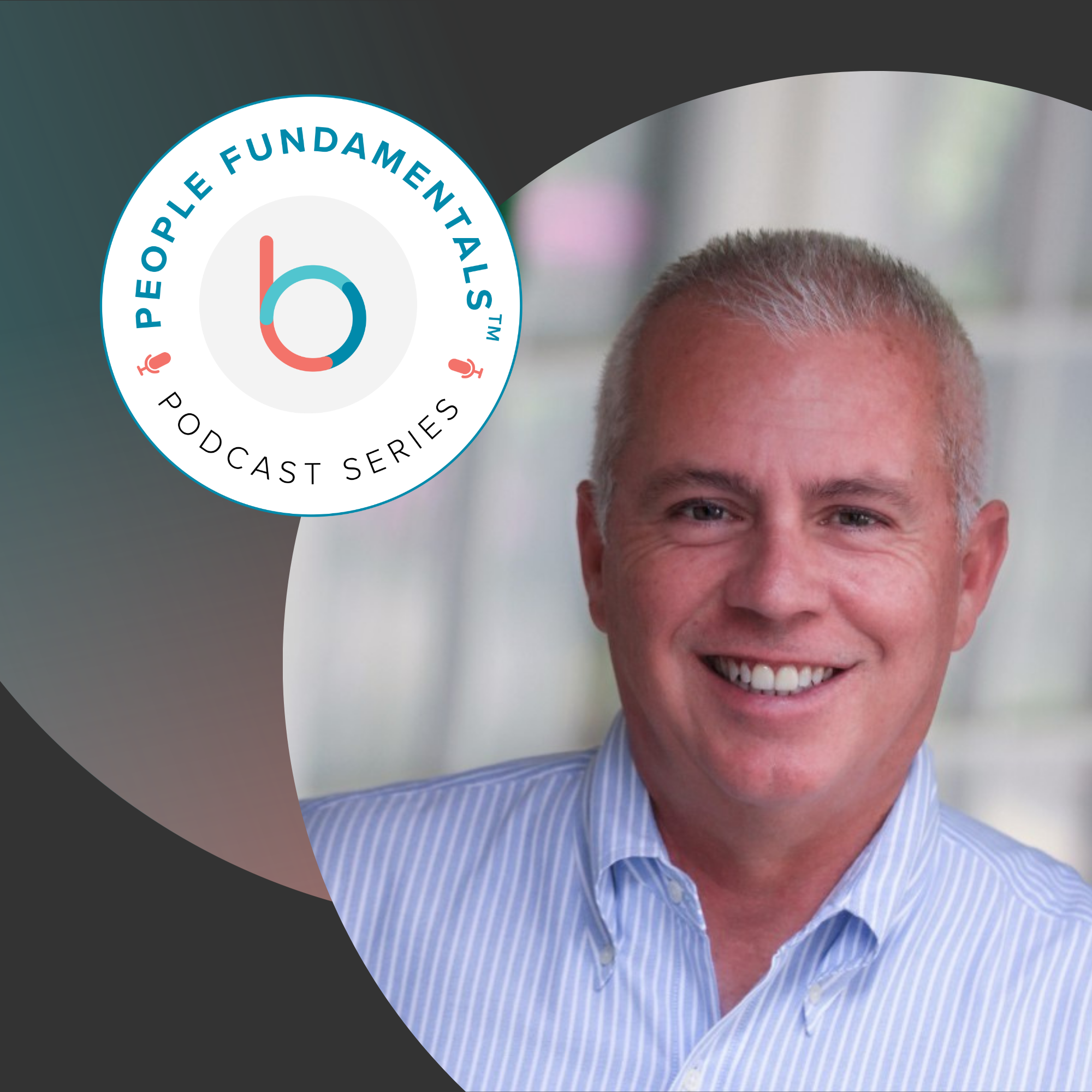By aligning employee outcomes with business goals, an Objective and Key Results (OKRs) program can transform the way a company and its workforce set, measure and achieve their goals. However, moving to an OKR program is no small undertaking. As with so many things, these initiatives are best lead by example from the top, but executives who are leading their company’s OKR initiative should be careful to avoid these top five mistakes that can easily derail their efforts.
1: Letting Perfect Become the Enemy of Good
At its core, the OKR methodology is a prioritization mechanism for helping you execute on the top priorities, be they individual, departmental, or for the business as a whole. As part of the objective setting process, it’s important to have meaningful discussions with your team about the work that will have the greatest impact on your business in the next 90 days. However, there is a difference between deliberate consideration and “analysis paralysis.”
As a leader responsible for setting the company vision for your teams to align to, your delays have disastrous ripple effects. I hear it all the time: “We need a little more time this quarter to make sure our top company objectives are really great.” The problem is, no matter how “great” your objective is, if it’s announced late into the quarter, you’ll lose significant execution time that you’ll never get back. The day your top company objectives are done is the day that everyone else can start prioritizing work to align with those objectives, not the day that the work actually begins.
Also, if there’s one way to lead by example, it’s by being consistent. If you deliver what you say you will, on time every time, you signal loud and clear that everyone else should, too.
2. Forgetting to Measure Progress
You probably had a lot of great reasons for rolling out OKRs when you began this journey: poor employee engagement scores, no visibility into goal progress, and lack of visibility into alignment, to name a few. Why are you now only focused on the one number at the top: your progress on top company OKRs?
You risk getting bogged down in an all-or-nothing mindset if the only thing that proves the success of your OKR program is whether or not the top company objective is complete.
Be sure to regularly report on and review the ancillary numbers that show the program is working its magic in other ways, including helping all employees have regular meaningful conversations with their managers or updating objective progress every two weeks.
Remember: you get what you measure. If you stop regularly reporting on these engagement numbers, people will start to think their OKRs are no longer important.
3. Over-cascading
John Doerr, partner at VC firm Kleiner Perkins Caufield & Byers and bestselling author of Measure What Matters, explains how Objectives and Key Results at the top of an organization can be assigned down your organization with expanding layers of key results beneath them. This is powerful, and ensures progress-linked alignment for tracking crucial initiatives.
However, running too far with this concept can doom your program fairly quickly. It’s not because alignment in your OKR program isn’t important, but because alignment only works if perfectly balanced with bottoms-up OKR setting and creativity.
Consider this: OKRs help people align to their organization, but just as importantly, they are a tool for inspiring people to reach above and beyond. According to Dan Pink, people are motivated by mastery of a subject, purpose, and autonomy. If you engineer your entire OKR tree from the CEO level all the way down to every employee in your organization, you’ll kill that feeling of autonomy that’s crucial to motivation.
Removing autonomy seriously marginalizes the contributions you would otherwise get from each individual. It can also lead to OKRs that are so complex that you lack flexibility to adjust to changing priorities mid-quarter, and agility to set goals quickly at the beginning of the quarter.
So remember: control is not the end goal of OKRs. Communication and inspiration are much more important benefits to strive for.
4. Tracking KPIs Rather than Inspiring Your Team
Another crucial mistake I’ve seen new executive teams make is conflating KPIs with their new OKR initiative. KPIs are useful for measuring the health of your business, just like your blood pressure is a great number to monitor to gauge your physical health. But knowing your current blood pressure and your target blood pressure still tells you nothing about how to get there. That’s where your OKRs come in. If your target KPI is a blood pressure at 140/90, your OKR is the plan to exercise 15 times with a personal trainer.
If your top company OKRs are a list of your NPS, CSAT, and MQL progress, you’re going to fail.
KPIs aren’t OKRs. And I bet you already knew what your KPIs were and had a reasonable way of tracking them without the weight of an OKR system.
Remember, if you want to inspire change and build a bridge to a desired future state, use OKRs to prioritize the important initiatives and outcomes to get you there.
5. Giving Up When the Going Gets Tough
Building an OKR program is like building a muscle–it takes effort and discipline. When you first start out, your executive team will gripe, and that’s natural. But it doesn’t mean you should stop.
If you’re the core believer in OKRs at your organization, continue to preach to your colleagues and be patient. OKR programs that have only one advocate on the executive team are always at more risk than those with multiple or unanimous executive support. These lone advocates tend to get overwhelmed by the resistance of their colleagues clamoring for an “easier” way, the way it used to be done. The problem is, it’s not supposed to be easy, and if the old way was so successful, you never would have tried OKRs in the first place.
Keep up the good fight, lead by example, and keep returning to the big “why.”
For more insights, get your free copy of Betterworks’ brand-new Ultimate Guide to Utilizing OKRs within Continuous Performance Management® to learn more about creating a goals process that truly drives results for your business.
More Resources: Effective Onboarding, Retain Your Top Talent, Create a Feedback Culture






